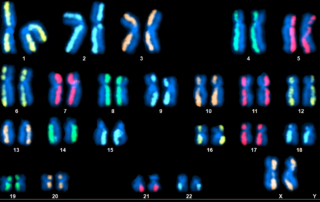KromaTiD’s Dark Lab Files: A Blog
Platform Comparison: mBAND and dGH DSCVR
Fluorescence in situ hybridization (FISH) is an established technique by which fluorescently labeled DNA strands are hybridized to target nucleotide molecules and imaged using a fluorescence microscope. While locus-specific FISH probes only generate data on the loci they target, chromosome paints enable the study [...]
Non-Invasive Visualization of CAR-T and CAR-NK Cells Inside Patients
The high efficacy of some adoptive immune therapies, primarily those based on CAR-T and also CAR-NK cells is rather incredible in the face of the numerous barriers in the way to success. Creating the therapy in the first place requires a sufficient supply of [...]
Assay Options for Putting Sequencing Data Into Context
Technologies for sequencing nucleotide molecules like DNA or RNA have exploded in diversity over recent decades. They have become more powerful in terms of accuracy and speed. They have become far cheaper as well. This has resulted in researchers being able to generate large [...]
Omics Meets Predictive Language Models
Predictive language models like ChatGPT are powerful artificial intelligence (AI) systems trained on extensive examples of human communication. They can generate new text based on the patterns and structures observed in the training data. Their responses to prompts from humans are contextually relevant and [...]
Bioinformatic Advancements for CRISPR-Mediated Editing at Safe-Harbor Loci
Gene editing encompasses a powerful set of tools in biological research but also entails the risk of unintended changes to the host genome. Modifying DNA can trigger functional changes at sites both near to and far from target loci, potentially disrupting genes as well [...]
Exploring Carbohydrate CAR-T Cell Targets
Improvements in treatment outcomes for hematological malignancies, especially for those of B-cell origin have vaulted forward thanks to chimeric antigen receptor T-cell (CAR-T) therapies. Typically, the modified T cells are engineered to seek out protein antigens, such as CD19, based on the known over-expression [...]






